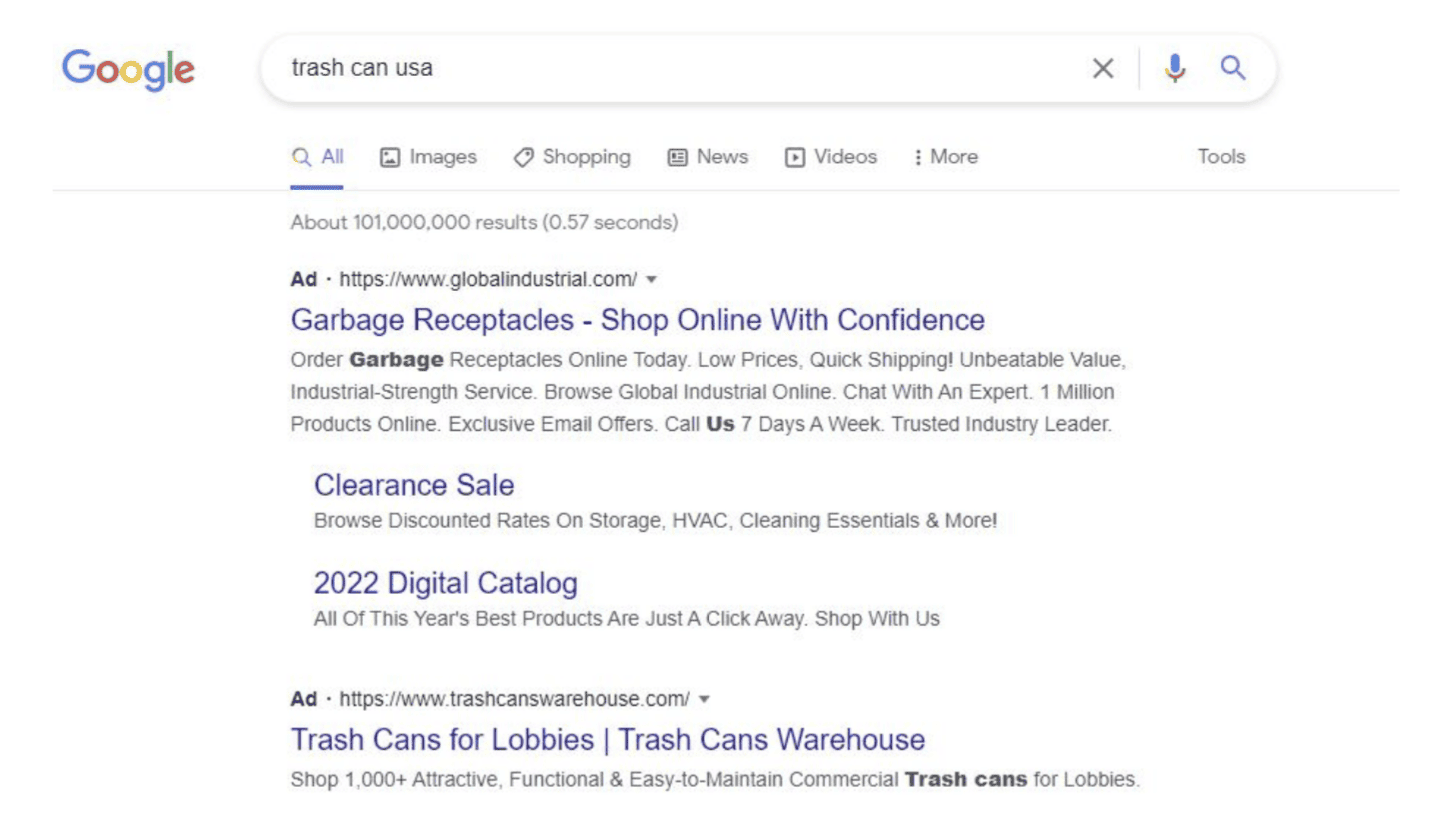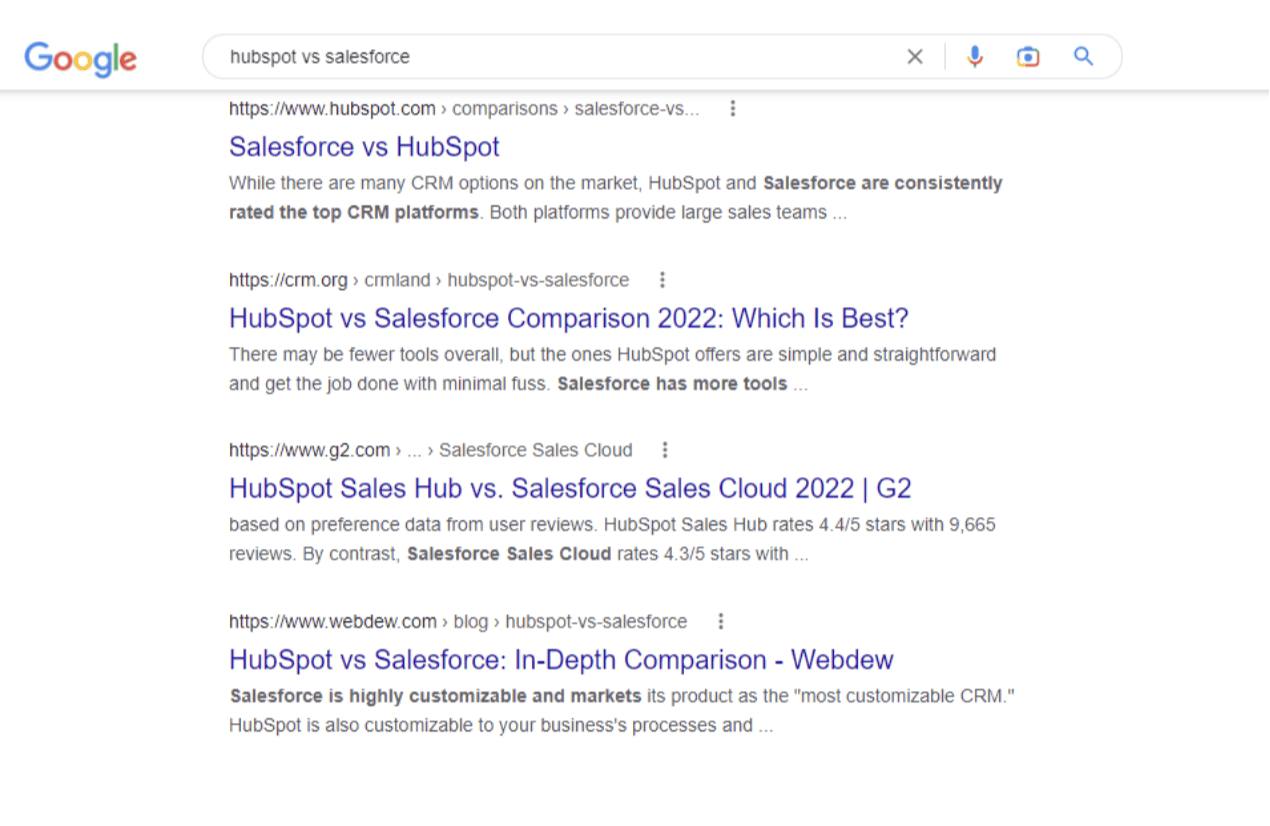
28 Sep Creating Tailored Content for Each Sales Funnel Stage
A brand’s marketing strategy should include creating tailored content for every stage of the sales funnel.
Today’s customers tend to make informed decisions. That’s why some of them will need to engage with your content before speaking to your sales rep. Therefore, producing content to answer the customer’s questions, nurture their opinion, and build a good relationship with your brand is key to building a successful sales process.
Keep reading to learn different kinds of content that will bring you great results at all sales funnel stages.
Table of Contents
What is a sales funnel?
A sales funnel means the buying journey of potential customers. Customers begin their journey through your sales funnel from the moment they first hear about your product or service until they make a buying decision.
Hence, observing your sales funnel can help you to understand your potential customer’s needs and behaviors at every stage of the buying journey. Typically, the sales funnel is categorized into the Top of The funnel (ToFu), Middle of The Funnel (MoFu), and Bottom of The funnel (BoFu).
However, the journey through your purchase funnel may vary from one prospect to another. While some may begin at the top of the funnel, others may start at the middle of the funnel.
Even after a purchase, you still need to ensure that customers are nurtured so that they can return. Therefore, it’s important to pay attention to your entire customer lifecycle management process.
It’s highly recommendable that at this point you implement lead management software, since lead management spans all stages of the customer journey, including after the purchase. The process of lead management involves systematically capturing, qualifying, nurturing, and tracking potential business prospects throughout their journey from initial contact to conversion, with the ultimate goal of optimizing sales and fostering long-term customer relationships.
Tailored content strategy for the sales funnel
Your sales funnel strategy should attract and engage target customers at every step of the customer journey. Now, let’s discuss in more detail, what tailored content to create for the three main stages of a purchase funnel.
1. Top of the funnel: Awareness-based content
A person learning about your company for the first time is an example of a prospect from the awareness stage. They could have clicked on your Instagram ad, read your blog, or found your website when searching on Google.
Capturing prospective customers at the top of the funnel usually consists of outbound marketing or advertising. Running ads is one of the most efficient ways to attract qualified leads in the awareness stage of the sales funnel strategy.
Google claims that for every $1 spent on Google Ads, you earn an average revenue of $2. This sounds like money well invested. The key strategy here is to research who your target audience is and what approach is likely to suit them.
You should also research the keywords or phrases they use to search for the products or services you offer. Including these keywords in your ad copy is likely to get their attention.
Here’s an example:
 Social media ads, like Instagram or Facebook ads, are another great way of getting your brand in front of the relevant audience. According to research, social media will account for 33% of all digital advertising spending in 2022.
Social media ads, like Instagram or Facebook ads, are another great way of getting your brand in front of the relevant audience. According to research, social media will account for 33% of all digital advertising spending in 2022.
Also, videos will help you communicate with prospects in a more engaging manner. Videos at the top of the funnel aim to captivate prospects who don’t know anything about your brand or product. After all, your potential clients have a problem and they do an online search for the best options.
A whopping 84% of consumers were convinced to purchase a product thanks to a watched brand video. This type of content is also mobile optimized which increases the potential reach.
At this stage, buyers may also discover that they have a particular need and want to learn more about the challenge. For example, Strata Networks has released a short YouTube video about cybersecurity best practices that could help its potential customers.
Video content like this can be reused in landing pages or blog posts for even better reach. If you don’t have time to create written copy that accompanies your video, you can leverage artificial intelligence tools. A generative AI guide can help you navigate these tools that can help cut short your content creation process.
An infographic is another easy way to capture attention and encourage social shares at the top of the funnel. Presenting bland data in a visually pleasant way grabs the attention of internet users. Besides, they’re critical components of any retail eCommerce or SaaS link-building strategy. If you publish your infographic on your site and authority sites link to it, you can rank higher in search engine results pages.
For instance, if you’re a recruitment agency, part of your ToFu content could be an infographic that shows prospects how they can improve their hiring process. See how Top Echelon implements this in the image below:
 Customers at the top of the purchase funnel usually have a problem they’re looking to solve. So, placing a handy checklist on your business blog will present your potential customers with a step-by-step to address their pain points.
Customers at the top of the purchase funnel usually have a problem they’re looking to solve. So, placing a handy checklist on your business blog will present your potential customers with a step-by-step to address their pain points.
People are more likely to remember your brand after your blog post or a video has helped them. When they do, they will come back and buy your product.
2. Middle of the funnel: Educating
The next stage in your sales funnel strategy is to educate your funnel prospects. So, now people know your brand exists, they’ll want to check it out based on their interest level. Having their pain point in their minds, they might do research on your brand as well as on your competitors.
At this stage, you should give them tailored types of content to convince them that your offerings are the best solutions. One way to do that is by placing a lead magnet on a landing page. You could create ebooks, case studies, record webinars, or create online courses. Longer-form content can interest audiences who are searching for educational content.
Also, social media is a great place to engage with those who are already interested in your brand. For example, Slack uses social media posts to share educational content and drive attention to their webinars.
https://www.instagram.com/p/CiLIjttAbCR/
Your sales funnel strategy should include regularly updating all your business’s social media accounts. This will position you as a strong and consistent brand creating content tailored to your followers’ needs. LinkedIn allows users to publish articles so, you can use the platform to share educational content with your followers. Alternatively, you can reshare blog posts from your website on LinkedIn and other social media channels, like Facebook, or Twitter to grow your blog and generate leads.
Your social media content can also direct prospects to landing pages that will help you engage them further. A landing page is a web page that’s designed to help you capture the details (eg. email address and full name) of potential buyers who are interested in your brand offerings. This way, you can continue to nurture them through email campaigns.
Valuable content, like blog posts, is a perfect way to educate the relevant audience. The How-tos and Step-by-step guides are especially helpful in achieving the desired result.
3. Bottom of the funnel: Content around building trust
The bottom of the funnel is centered around building trust with your prospects. Buyers at this point already know their needs and how to solve them, but are looking for the best service provider or product.
At this point, your content should be a combination of “How-to” blog posts, case studies, product reviews, and customer reviews. It’ll also be smart to create content that compares your products with competitors. With a brand like Hubspot for instance, you may see content like Salesforce vs Hubspot:
 Content like the above is something a prospect who is ready to choose would be searching for.
Content like the above is something a prospect who is ready to choose would be searching for.
Additionally, your BoFu email newsletters should aim to re-engage, entertain, and delight. Including discounts and offers on bonus products, like in the email example below, will make your customers feel special and looked after. This strategy helps to build trust.
You can send your current customer base surveys and questionnaires (via email newsletter or social media for example) to understand how to help them even better. With this insight, you can create content that is more likely to convince them and bring in conversions.
Key takeaways
A successful business’ sales funnel strategy should include creating content for every stage of the potential buyer journey. Each content piece you publish is an opportunity to bring a lead closer to a sale or give existing customers a push to take action.
Business owners who help funnel prospects through these steps with tailored content can expect their brands to grow. Be like them. You’ll soon see those conversions coming. Happy customers will also become your loyal fans and promote your brand. Good luck!



No Comments